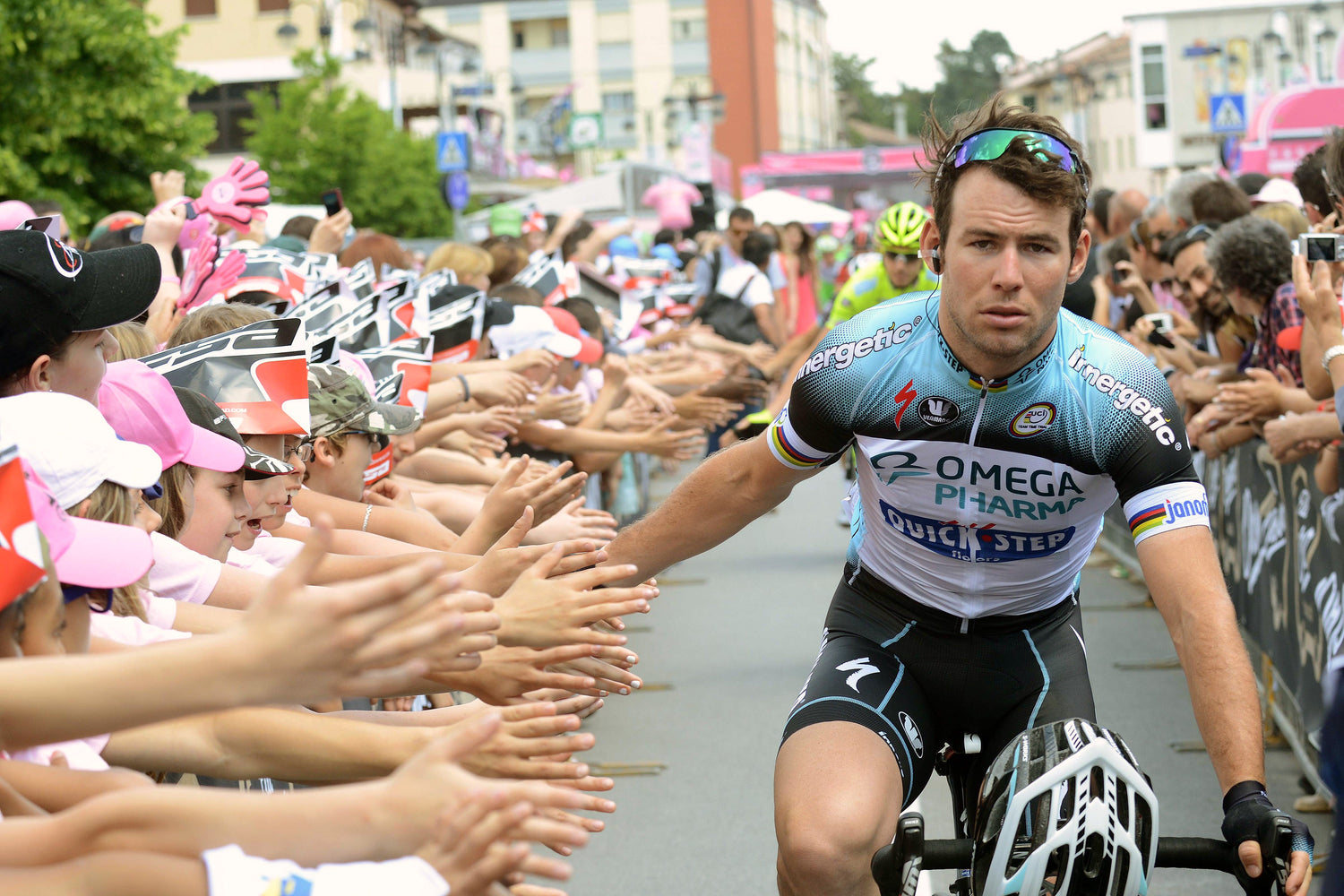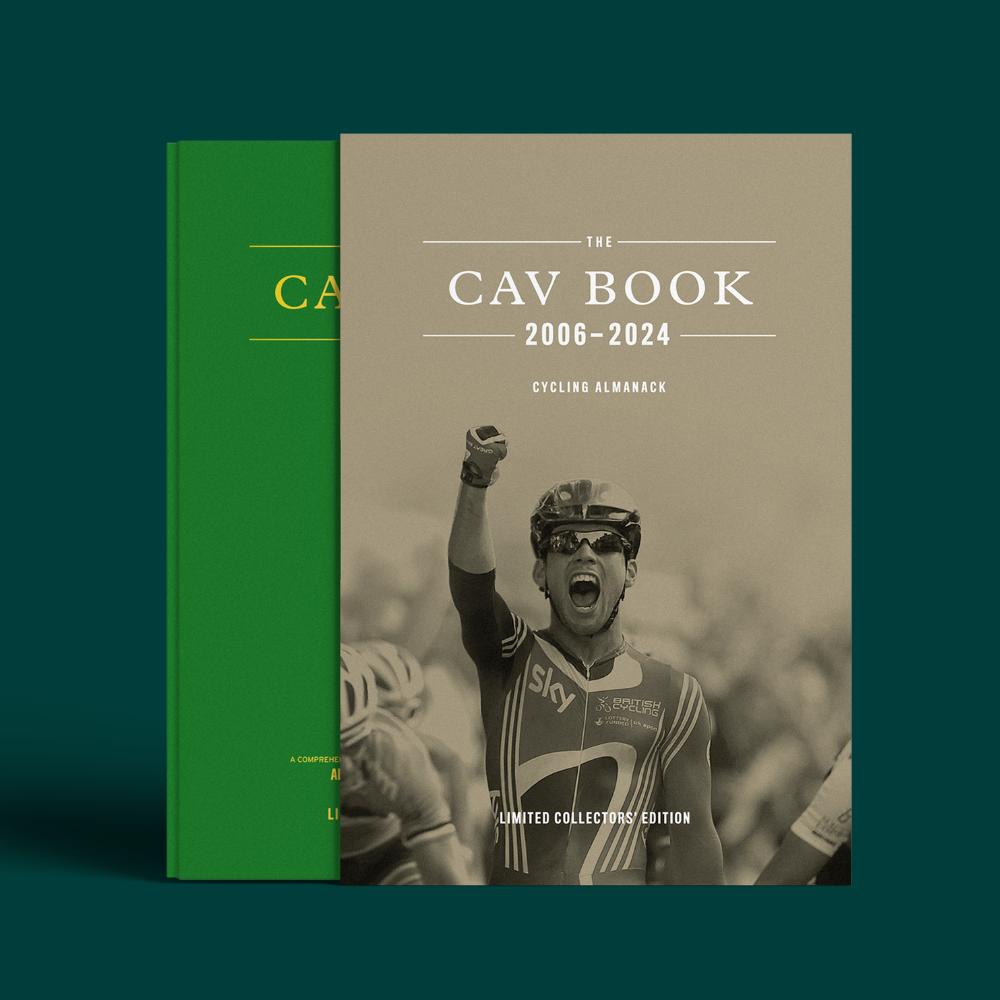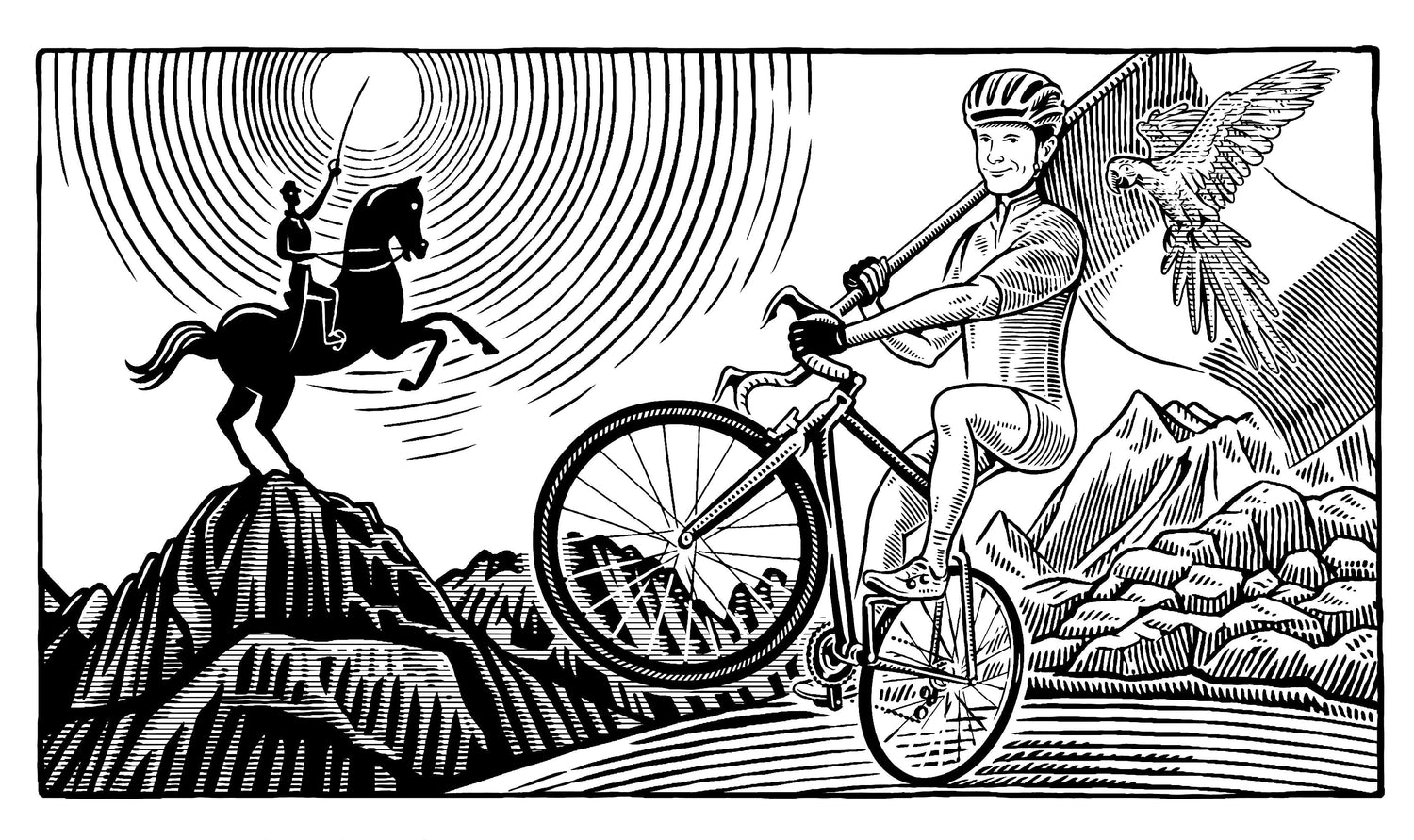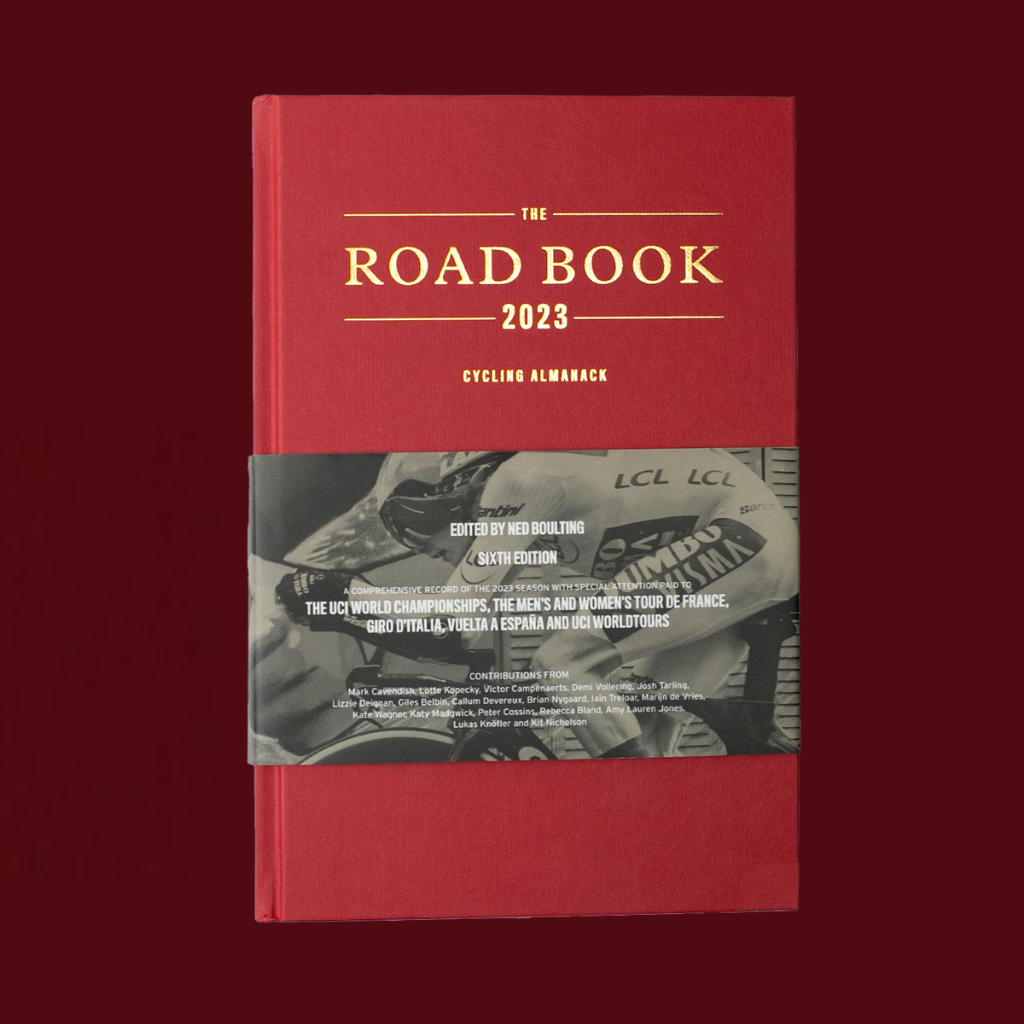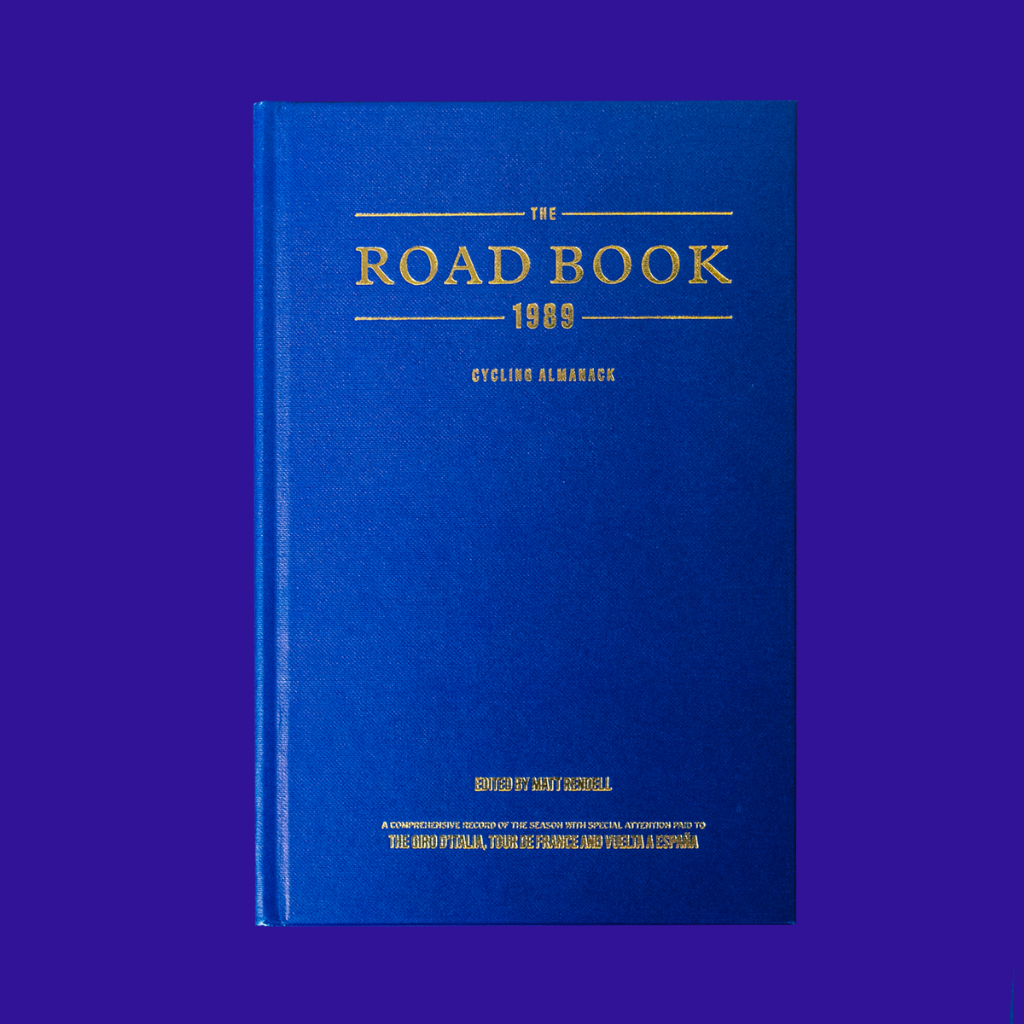Enjoying 2025's Giro d'Italia? So are we, we think it has been pretty stupendous so far. Though not as stupendous as all the Giro d'Italia adjacent pieces which have graced the pages of The Road Book over the years.
Over the next few weeks we'll be sharing previews of a few of our favourites, and boy do we have a classic for you today. The former race director of the Giro, Angelo Zomegnan, contributed this brilliant essay on the 1989 edition of the Giro to the very first of our 'blue' books, the cunningly named: The Road Book 1989. It is an absolute cracker, so sink your teeth in, and pick up a copy of Matt Rendell's masterpiece here.
The Giro as a Work of Art by Angelo Zomegnan
Mario Cal was an ex-rider, entrepreneur and dreamer whose suicide in 2011 was the outcome, at least in part, of the perverse system of intertwining private healthcare and public administration in Lombardy. The owner of the Italian cosmetics firm Malvor, he was also the sponsor of the Malvor-Sidi team, who rode Ernesto Colnago bikes under the direction of the 1967 Tour of Flanders winner Dino Zandegù, and Bruno Vicino, three times the motor-paced world champion.
Cal had been chasing Laurent Fignon for months and months. On an expedition to Nice for the 1988 Grand Prix of Nations time trial, which set the Côte d’Azur autumn on fire the years when the ‘little professor’ went on his regular rampage through the Tour de France and beyond, Cal almost netted him, but he never did. As a result, Fignon’s Giro d’italia win in Florence – the last shining chapter of a troubled sporting existence already thought of as is decline – was achieved for Super U.
Italy was good to Fignon in 1989, and he was good to Italy. On Saturday 18th of March, he performed his ponytailed encore at Milan-Sanremo, winning his second consecutive title hours after the radiant dawn my first daughter, Giulia, was born. I joined La Classicissima at the end of the drive from Turchino to the Riviera di Potente. My second-born, Andrea Alessandra (if you will indulge me long enough to allow me to put this in writing and avoid favouring one daughter over the other), had the good taste to be born one 23 September a few years later when, not in the travelling mood, I missed the World Championships in San Sebastián dominated by the much-discussed Laurent Brochard and Alessandra Cappellotto. But that is another story.
In the season of his second Sanremo, Fignon’s highly intelligent eyes – behind those small, gold-rimmed, oval lenses – would again shine in Florence, where he finally pocketed the pink jersey five years after the mockery he had suffered in Verona at the hands of Francesco Moser in the time trial. Seven weeks later those eyes would be dimmed by Greg LeMond, who inflicted a humiliating defeat on him, a terrible blow that Fignon took to the grave 21 years later on 31 August 2010. The sporting drama lasted far longer than 8 seconds at the end of a 3,185km duel that the Frenchman digested badly from 1 to 23 July and far beyond. That 8-second gap, after 87 hours, 38 minutes and 35 seconds, was much more than the celebration of aerodynamics applied to cycling via a triathlon extension mounted on conventional handlebars; it was an anthropological revolution, as another giant, Miguel Indurain, loomed on the Grande Boucle’s horizon. But that too is another story.
At the 1989 Giro d’Italia, Mario Cal’s Malvor-Sidi team, wearing dossards 141 to 149, was made up of Giuseppe Saronni, Stefano Allocchio, Silvano Contini, Maurizio Piovani, Fabio Bordonali, Czeslaw Lang, Luca Rota, Lech Piasecki (the winner of three stages), and Flavio Giupponi (the winner of stage 14, on 3 June).
The day of Giupponi’s stage win, a violent storm had broken out over Corvara in Badia, an upmarket tourist centre in the Italian Tyrol, interrupting television coverage of the key parts of the stage. In just 131km, the route ascended the Giau and Santa Lucia passes, the Marmolada and, simply because it could, the colossal Pordoi and Campolongo. Coverage did not resume until 5km from the finish line, and when it did, all that legendary stage left us with was the water-blurred image of Giupponi on the day of his elevation to the pantheon of greats, his rain cape smothering the red Malvor-Sidi kit created by a rebel of genius, the Libya-born, Italian-by-adoption pop artist and film director Mario Schifano.
What did we tell you? Pretty good eh? If you enjoyed this little teaser, be sure to pick up The Road Book 1989 to read all about that incredible, incredible season. If you've enjoyed our blue series, which year would you like to see us publish a retrospective review of next? You can let us know over on X, Bluesky or Instagram.
Illustration by Matthew Green
Images courtesy of the Sirotti family






